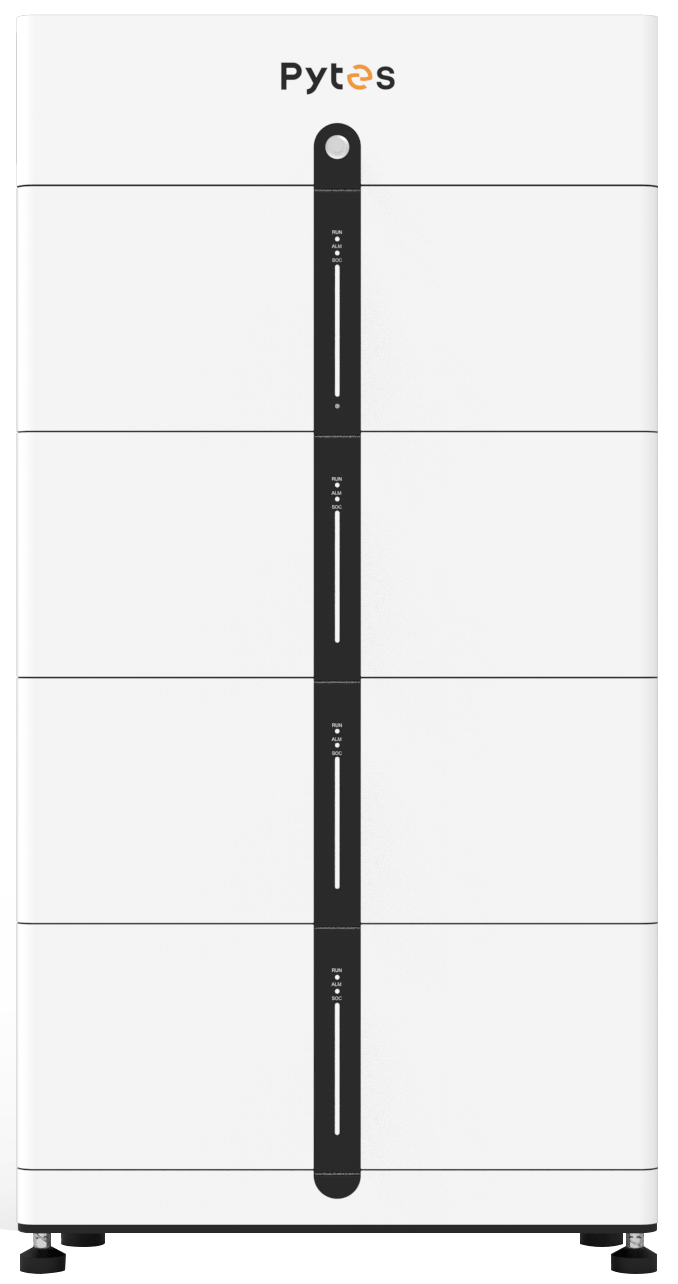If you don’t have a home backup power system, you and your family may be affected during a power outage.You can keep traditional fossil fuel generators on standby during power outages. But natural gas and diesel generators consume fuel, produce toxic emissions, and are extremely noisy.
If you have a knack for DIY projects, you can build your own home battery backup system from scratch. This process requires care, attention to detail, and many important components.
Once you know how to do this, building a home battery backup system can be beneficial and cost-effective.
Let’s see if a DIY home battery backup system is right for you. In this article, we’ll explore what you need to know about a home battery backup system and learn about the PYTES' Pi LV1-Stack LV battery that can be used to build a home battery backup system.

1. Select an inverter
Your home appliances run on alternating current (AC). But batteries produce direct current (DC). So you cannot connect the battery directly to a household circuit board or appliance. The device you need to convert battery power into alternating current is an inverter.
2. Choose your battery
You need to select the battery. You may need multiple batteries to provide backup power for your entire house. But you don’t know which battery to choose and how many batteries you need. So here we are going to talk about PYTES’ Pi LV1, which can solve this problem for you.
PYTES’Pi LV1 is a stackable lithium iron phosphate (LFP) battery with multiple functions and installation effortlessly.
PYTES’ Pi LV1 features a harmless LFP battery design and rugged construction, making it a reliable choice for home energy storage needs. Each module is equipped with a field-proven battery management system (BMS), integrated DC circuit breaker and fuses, ensuring maximum safety and protection for your system.
The Pi LV1 is designed with the installer in mind, featuring quick connectors and a plug-and-play design. This eliminates the need for manual wiring and significantly simplifies the installation process. Pi LV1 has a compact footprint, reduced weight, and easy and quick installation. PYTES truly simplifies the installation process, making it easy for homeowners and professionals alike to use.

When stacked with up to six modules, the Pi LV1 delivers 14.08kW of continuous output and 25.6kW of surge output. This impressive power capacity ensures that your home appliances and critical equipment can continue to run smoothly during a power outage. Additionally, Pi LV1’s modular design allows for flexible configuration based on your energy needs. Capacities range from 10.24 to 30.72 kWh per stack, allowing you to tailor the system to your specific needs. Able to expand total system capacity to 122.88 kWh, Pi LV1 provides a versatile and scalable energy storage solution.
By integrating the Pi LV1 into your home battery backup system, you can save significantly on your energy bills. Its powerful output and energy efficiency help reduce reliance on the grid, allowing you to rely more on stored energy during peak times or outages. Not only is this good for the environment, it can also save you money in the long run.
Building a home battery backup system has never been easier with the PYTES Pi LV1. Its stackable design, harmless lithium iron phosphate battery technology and easy installation make it an ideal choice for homeowners looking to maximize energy independence. With its powerful output, scalability and energy efficiency, the Pi LV1 provides a reliable and cost-effective solution to your home energy storage needs. Contact us for your DIY batteries backup for home solutions now.
Email:pytesusa@pytesgroup.com